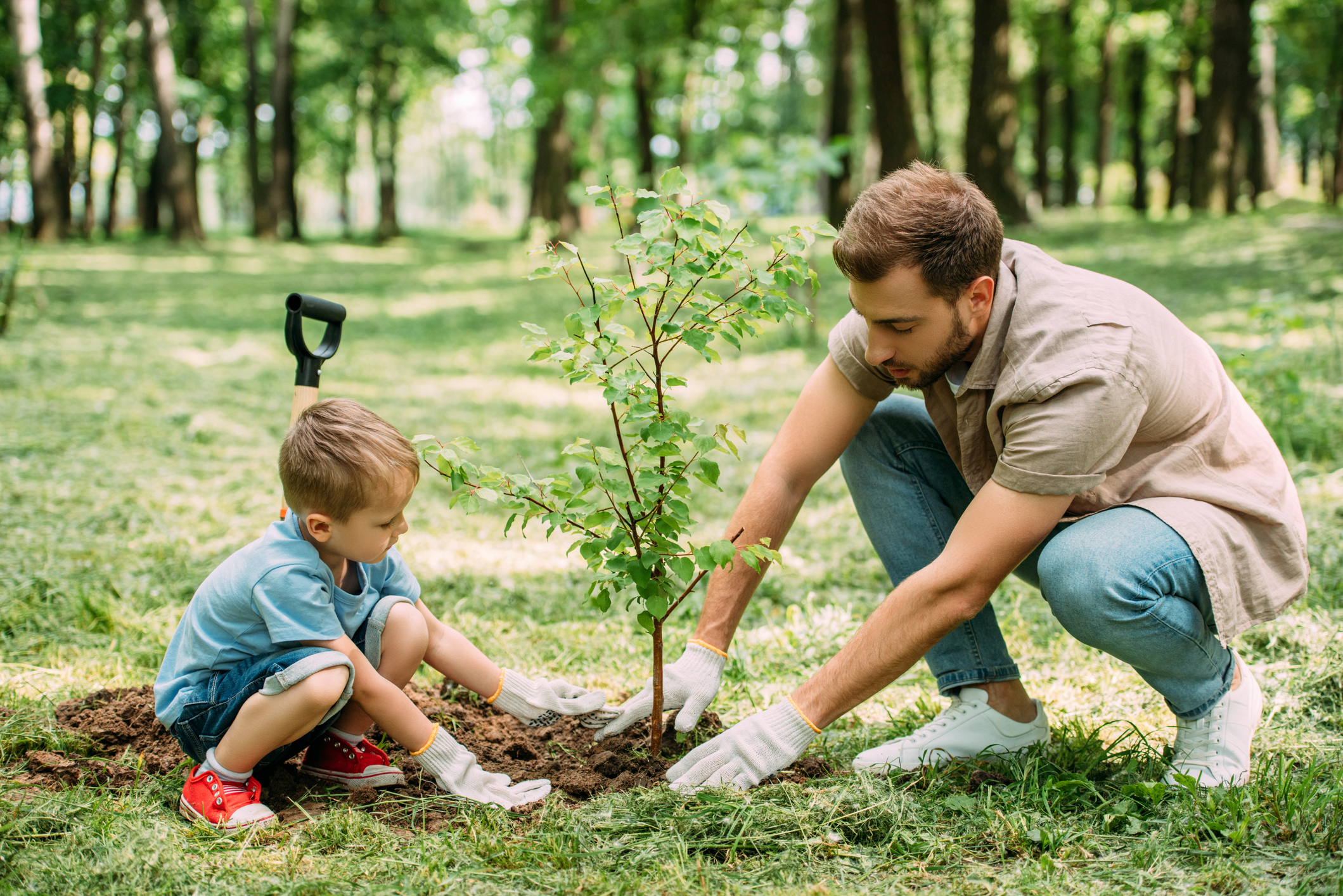Beginner's Guide to Composting

Jan 29, 2020
Food waste is a serious environmental issue, but there’s one effective way you can fight it: composting. Interested in composting at home? Here’s everything you need to know to get started:
What is composting?
Composting is a process used to “recycle” organic matter, such as food scraps. Combining organic matter in a compost pile allows it to decompose, creating a nutrient-rich compost that can be added to soil to enrich it.
What are the benefits of composting?
Compost enriches soil, providing it with nutrients and helping it maintain moisture to support plant growth. This can also reduce the need for synthetic fertilizers. Composting also keeps organic materials out of landfills, where they take up space and release harmful methane gas.
What can I compost?
Compost includes two types of materials, known as greens and browns. Greens, which provide nitrogen, include materials such as: fruit and vegetable scraps, fresh grass clippings, coffee grounds, tea leaves, flowers, corn cobs, and garden waste. Browns, which provide carbon, include materials such as: dry leaves, branches, twigs, straw and hay, shredded paper, egg shells, and woodchips.
What can I not compost?
There are many items that should not be composted, including meat or meat bones, fish or fish scraps, dairy, oils or grease, pet waste, coated or shiny paper, chemically treated yard waste, plastic, metal, or glass.
How do I compost at home?
The exact method for home composting will depend on where you live:
If you live in an urban setting with no outdoor space: the only indoor composting option is using a vermicomposter, also known as a worm bin. This bin takes up little space, is relatively easy to maintain, and produces no odor if maintained properly. You can either buy a worm bin or make your own. With a worm bin, you can collect the compost every few months and use it to nourish indoor plants. Check out these tips for maintaining an indoor worm bin. However, if vermicomposting isn’t for you, you can also check to see if there are any composting programs or collection sites in your local area where you can take your food scraps.
If you have a patio, balcony, or small outdoor space: you can use either a worm bin or a compost tumbler, which is a bit bigger than a worm bin and is kept outside. Compost tumblers make it easy to turn and mix the compost, while also protecting it from animals and speeding up the composting process. There are several compost tumbler options available for purchase, or you can build your own. Here is some more information about composting with a compost tumbler.
If you have a yard: you can use a worm bin, a compost tumbler, or a larger enclosed bin in your yard. As with the other bins, there are many enclosed bin options available for purchase, or you can make your own. If you compost with an outdoor bin, you can also purchase a smaller bin for your kitchen where you can place your scraps until you’re ready to take them out to the outdoor compost bin. Here are some more tips for outdoor composting.
Interested in learning more about composting? Check out our Pinterest for more tips and tricks for composting at home. If you want to reduce your impact on the environment, composting is a great way to do so. But one of the best ways you can help the planet is by switching to clean energy. Make the switch to 100% clean, renewable energy today to protect our environment for years to come!
Stay in the know
Learn about clean energy, climate tips, special offers, and more



